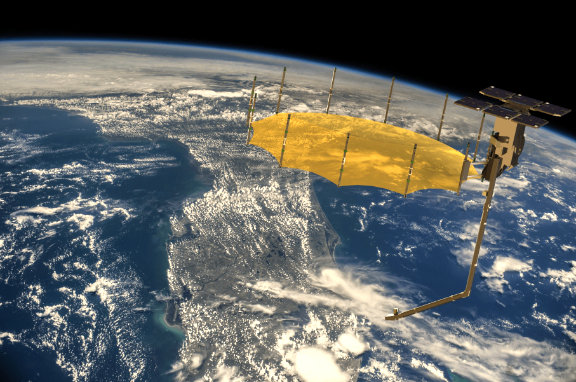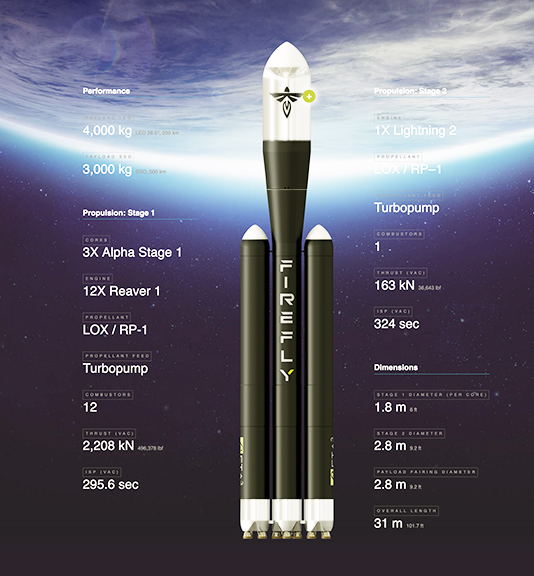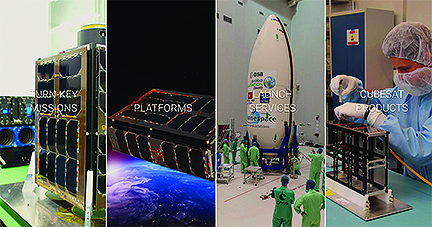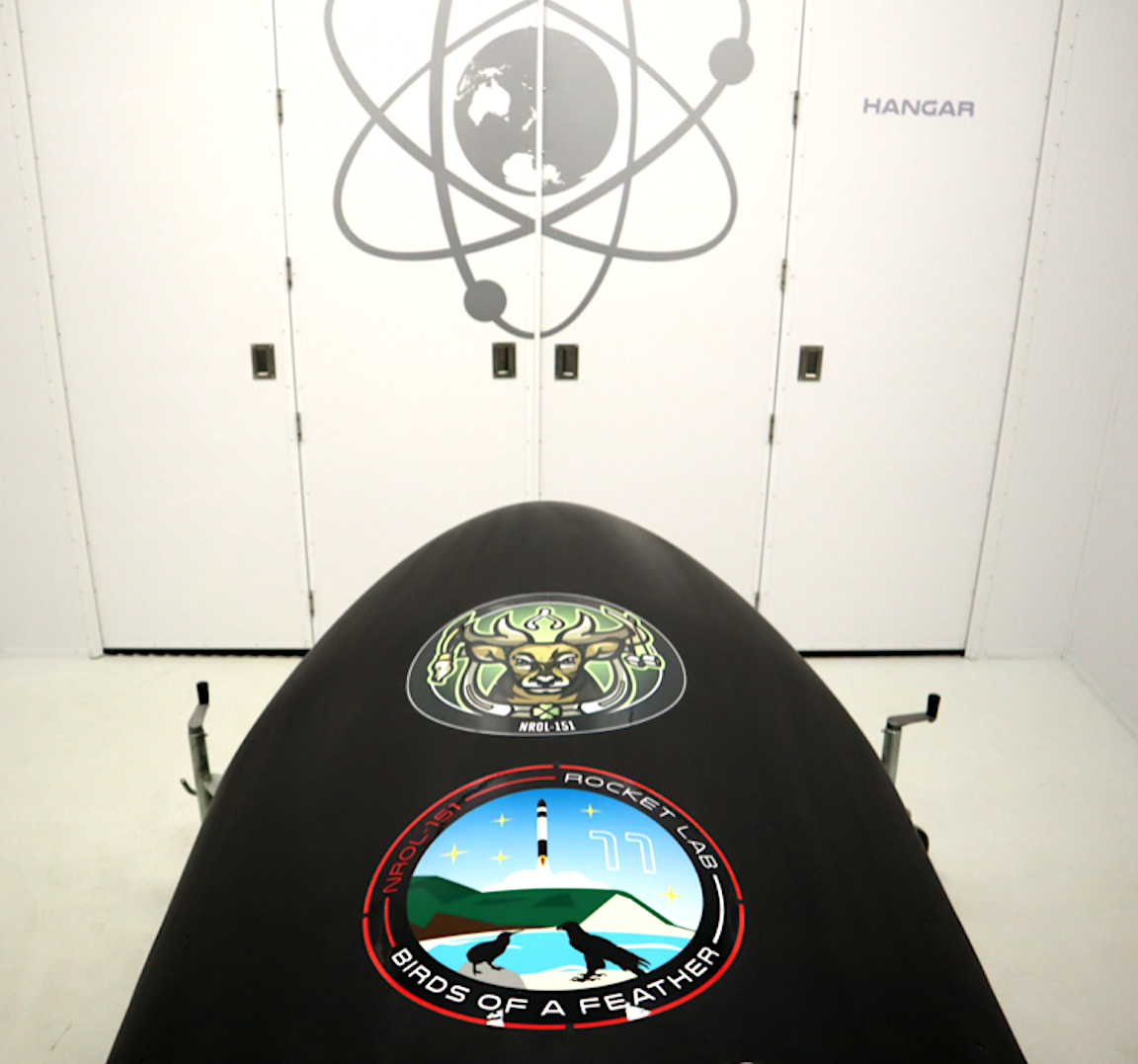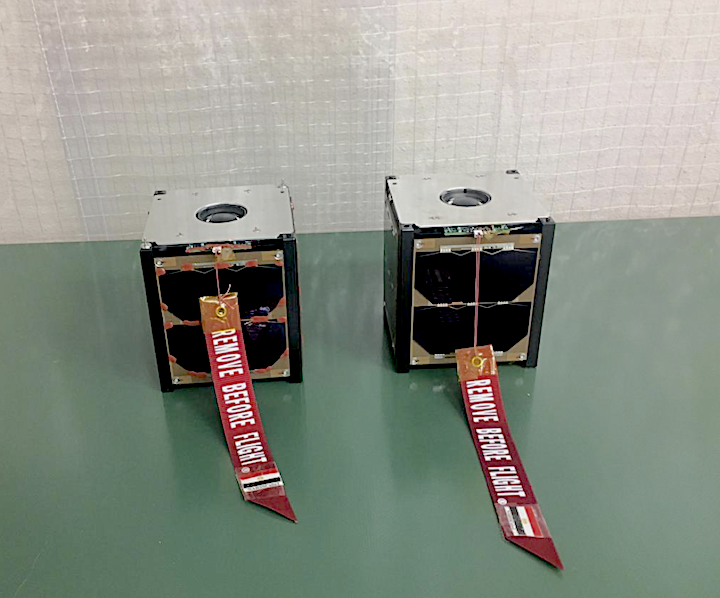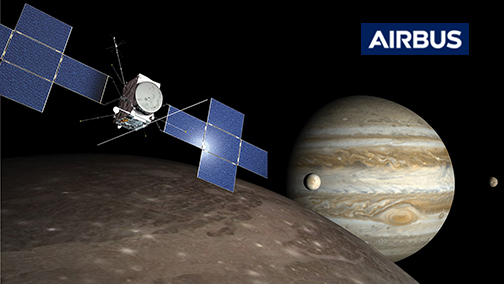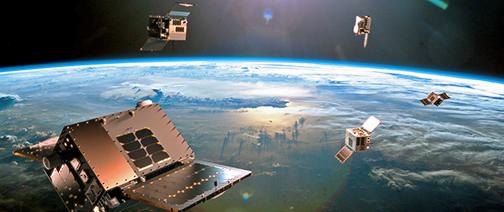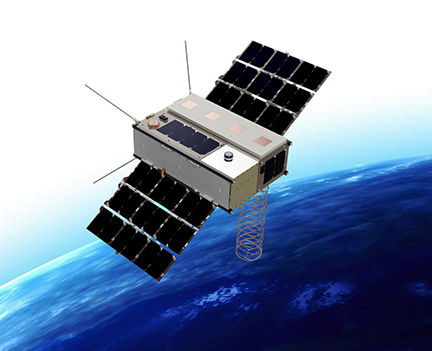
The Space Development Agency (SDA) is responsible for defining and monitoring the Department’s future threat-driven space architecture and accelerating the development and fielding of new military space capabilities necessary to ensure U.S. technological and military advantage in space for national defense. The SDA is now soliciting proposals for the technologies that are necessary to build and launch multiple smallsats (from 50 to 500 kg.) that will form the national defense constellations.
The SDA is responsible for unifying and integrating next-generation space capabilities to deliver the National Defense Space Architecture (NDSA), a resilient, military sensing and data transport capability via a proliferated space architecture in LEO. SDA will not necessarily develop and field all capabilities of the NDSA but rather orchestrate those efforts across the Department of Defense (DoD) and fill in gaps in capabilities while providing the integrated architecture.
There are eight essential capabilities described in the SDA’s August 2018 Report on Organizational and Management Structure for the National Security Space Components of the Department of Defense. These capabilities include:
1. Persistent global surveillance for advanced missile targeting,
2. Indications, warning, targeting, and tracking for defense against advanced missile threats,
3. Alternate positioning, navigation, and timing (PNT) for a GPS-denied environment,
4. Global and near-real time space situational awareness,
5. Development of deterrent capability,
6. Responsive, resilient, common ground-based space support infrastructure (e.g., ground stations and launch capability),
7. Cross-domain, networked, node-independent battle management command, control, and communications (BMC3), including nuclear command, control, and communications (NC3),
8. Highly-scaled, low-latency, persistent, artificial-intelligence-enabled global surveillance.
Initially, the National Defense Space Architecture is comprised of the following layers to address the critical priorities for space identified within the DoD Space Vision:
- Transport Layer, to provide assured, resilient, low-latency military data and communications connectivity worldwide to the full range of warfighter platforms
- Battle Management Layer, to provide architecture tasking, mission command and control, and data dissemination to support time-sensitive kill chain closure at campaign scales
- Tracking Layer, to provide global indications, warning, tracking, and targeting of advanced missile threats, including hypersonic missile systems
- Custody Layer, to provide 24×7, all-weather custody of time-sensitive, left-of-launch surface mobile targets (e.g., to support targeting for advanced missiles)
- Navigation Layer, to provide alternate positioning, navigation, and timing (PNT) for Global Positioning System (GPS)-denied environments
- Deterrence Layer, to deter hostile action in deep space (beyond Geosynchronous Earth Orbit (GEO) up to lunar distances)
- Support Layer, to enable ground and launch segments to support a responsive space architecture
Multiple awards are anticipated. The amount of resources made available under this BAA will depend on the quality of the proposals received and the availability of funds.
SDA’s mission starts and ends with the warfighter. SDA recognizes that “good enough” capabilities in the hands of warfighter sooner may be better than delivering the perfect solution too late. SDA will deliver capabilities to the nation’s joint warfighting forces in two-year tranches, starting as early as Fiscal Year (FY) 2022.
SDA anticipates issuing separate solicitations for the capability layers outlined above, seeking systems and technologies that can be developed and fielded on the SDA tranche timelines to address timely warfighter needs. SDA also recognizes the need to establish an “intellectual pipeline” to access ideas from across the community to inform the future of the NDSA.
Through this BAA, SDA specifically seeks novel architecture concepts, systems, technologies, and capabilities that:
- Enable leap-ahead improvements for future tranches of currently planned NDSA capability layers
- Enable new capability layers to address other emerging or evolving warfighters needs
To this end, SDA is soliciting executive summaries, white papers/proposal abstracts as well as full proposals.
Please access this direct link to download a 32-page PDF that contains the details, focus areas and submission instructions.


